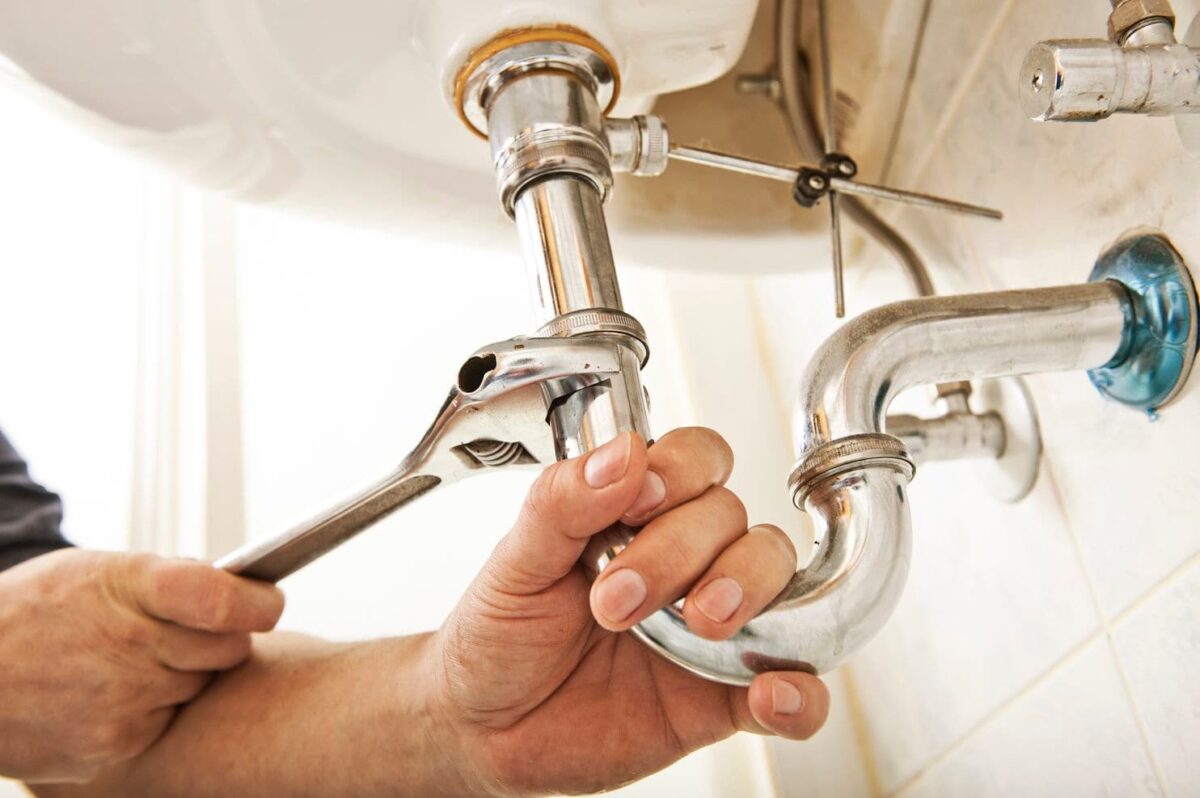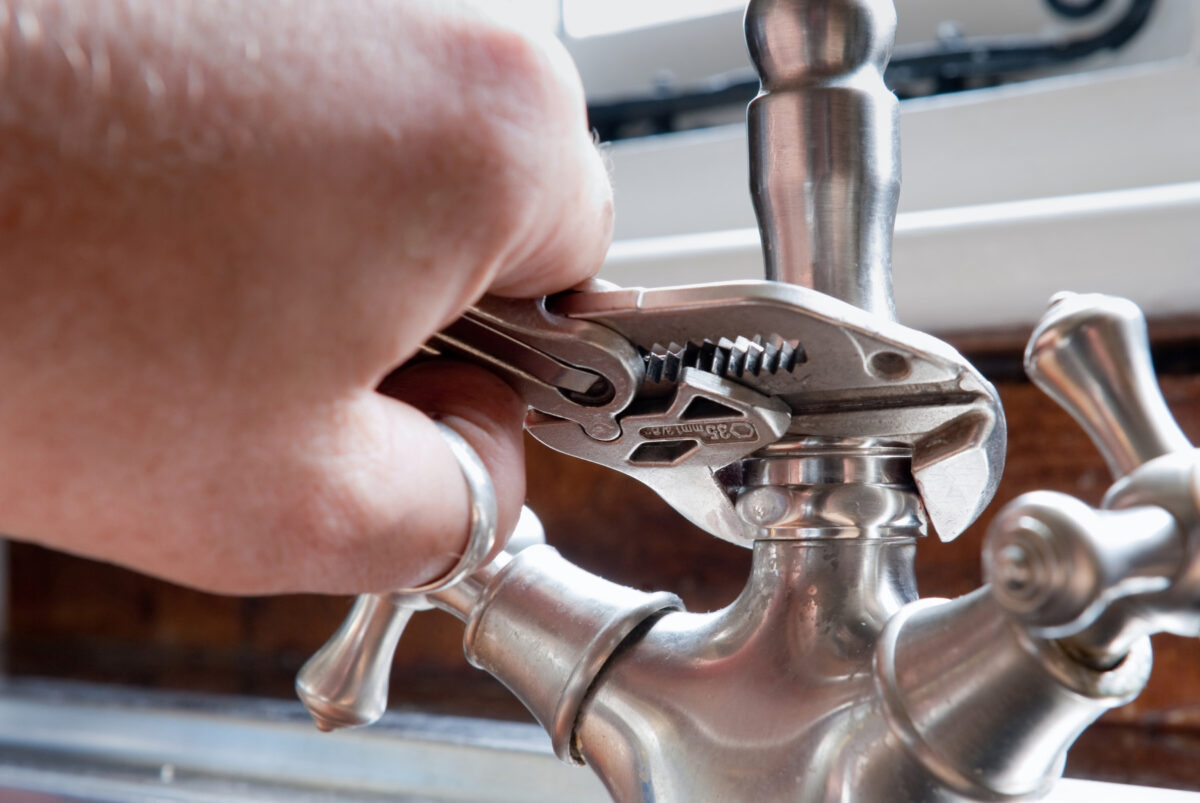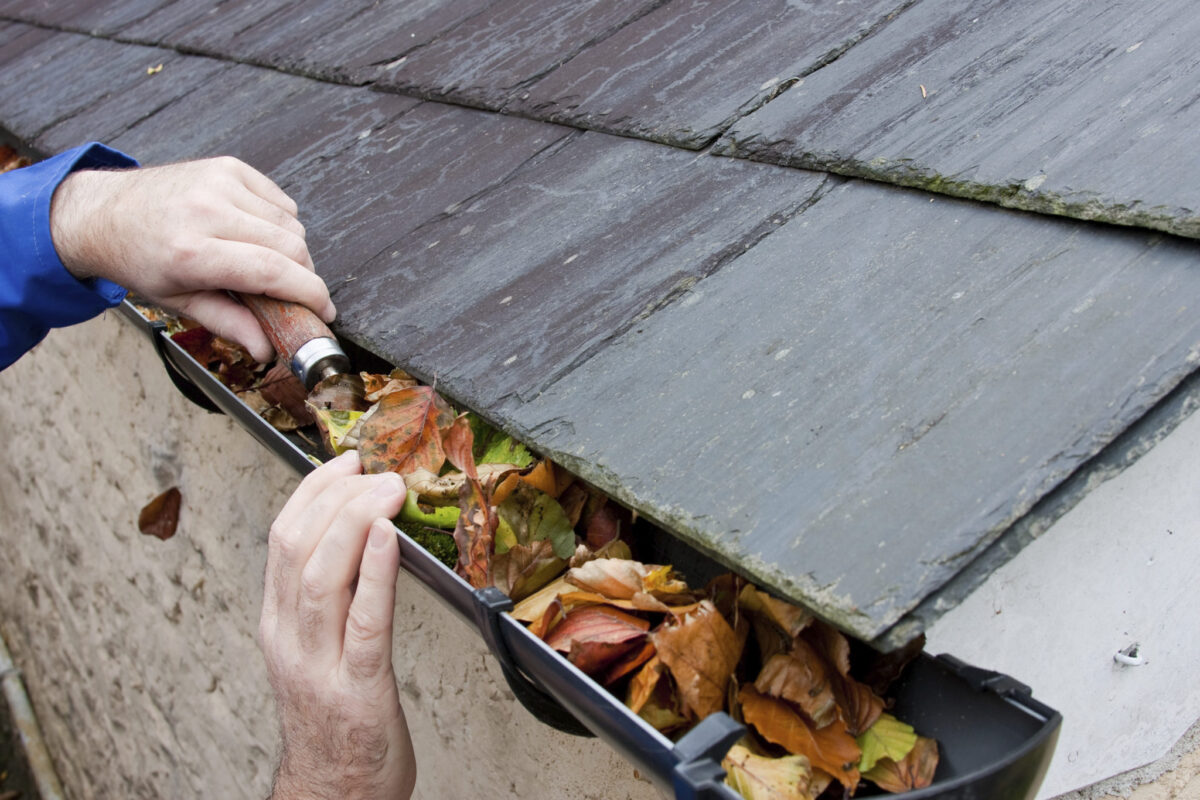
When maintenance and repairing things around your house is concerned, hiring professional help and experts who know what they are doing is the way many people take. For some harder repairs, you will need to call them, that much is certain. For example, if you have garage troubles, check out LionGarageDoor.com. However, calling repair people for every single thing is one of the most expensive things an average homeowner can do to their budget.
A lot of people decide to take this route, but there are also those who opt to save their hard-earned money by doing as much of the handiwork as they can, by their lonesome. We agree that not everybody possesses the necessary skills to fix every single thing there is on their property, but those who can often try to do it themselves.
In the modern day of information technologies at every corner, we can utilize the help of countless instructional videos online, and learn step by step how to fix something on our own. These “Do It Yourself” (DIY) projects do not need much preparation or previous knowledge, as they give all the tips and tricks to accomplish a successful home repair.
Why have unnecessary expenses that actually exceed the cost of what you can do alone? With all of this in mind, we have assembled several of the easiest and simplest things around the house you can fix on your own. Next time something breaks, make sure to try to repair it yourself and save your family some money. Read on to learn what you can do!
-
A Leaky Kitchen or a Bathroom Pipe

The best-case scenario with either of the two is usually a drainpipe that simply needs tightening of the slip-nut, just near the P-Trap. If there is leaking directly from a hole in the drainpipe, a flexible coupling with hose clamps is the only thing you need to do. However, if you think that the leak is from a drainpipe inside the wall, you will not be able to do much. Here, a professional plumber is your only hope really. It is too big and tricky of a job for an amateur to attempt.
-
A Clogged Garbage Disposal
You can clear a clogged garbage disposal by taking a specialty wrench that can fit into the hexagonal opening on the disposal’s bottom. Wiggle it around and try to get whatever is making it stuck. Of course, it must be turned off while you do this. If you do your best and something is still stuck, try calling in a pro to check if the problem lies somewhere else.
-
Replacing a Faucet

Centerset type faucets are great DIY jobs you can do, and they are not that hard. When you guy a new faucet, you will get a step by step manufacturer’s installation instructions. Follow them neatly and pay close attention to every move you have to do. On the other hand, widespread types of faucets are more complicated to install, because they have various hose connections underside. If you do not want to risk it, call a professional for this one.
-
Fix a Running Toilet
Here is another DIY repair that most people are comfortable with. You will need to get a toilet rebuild kit first, which any hardware store should have. All kits contain a straightforward and easy to understand manual instructions you need to follow. For more information check this. If your toilet is a one-piece or a specialty type, we must say they are trickier to handle by yourself. A plumber may be in order for that one unfortunately.
-
Adding Chimes to a Doorbell

If you are annoyed with the current sound of your doorbell, do not worry! You can change it yourself. This can be done by adding some additional chimes to the existing doorbell system. This project is low-voltage and does not really require a pro’s expertise. Still, if you are not comfortable around electricity, call an electrician repairperson to assist you!
-
A Drywall Hole
Anyone is able to patch a nail hole because it is an easy way to make an old drywall look neat and new. Take a spackle knife and fill each hole with some lightweight putty. Next, scrape the excess amounts off your wall. When it is dry, sand down the spot until you have a brand new, smooth surface. P
aint it over with a primer, and that is all. If you have larger holes in your drywall, consider a professional touch. Since you will cutting, replacing, mudding, taping, and finally sanding for a larger area, it is better to call a pro just make sure everything turns out well. After all, you probably want the seams to be undetectable once you have paint over them.
-
Cleaning Gutters

If you are not afraid of heights and comfortable on ladders and roofs, clearing out clogged gutters on your house or garage can be a fun DIY project. When they are blocked, gutters can cause water to pool around your property and leak into the basement, or seep under the sidings causing some major mold and rotting.
In order to prevent water damage like this, any and all leaves should be cleaned each spring and each fall. If your home is one story, you should not have too much trouble. In addition, someone else should be there to make sure the ladder stands in one place. If you have a multi-story home, consider calling in a professional gutter cleaner to aid your efforts!
-
Re-grouting your Tiles
Last but not least, we have a common household fix any homeowner comfortable with DIY projects can achieve with ease. Surface of tile grout is porous and dirt gets trapped if the grout is cracked grout. This then leads to discoloration and further damage you will eventually have to deal with.
First you must choose the right grout by measuring the space between your tiles. Your options are sanded, unsanded, acrylic latex, or epoxy. For less than 1/8-inch, use unsanded, acrylic, or epoxy grout. If it is larger, a sanded grout is the way to go. Matching the grout color goes without saying.
Clean the grouted area and use a grout saw to remove damaged grout. Dampen the joints using a wet rag. Follow the directions in the manual and mix the grout. Start grouting the tiles. Fill all the joints completely and smooth the surface with a damp sponge. This will remove any excess grout you might have. Leave it to set firmly and clean with a damp rag when it is dry.
















